Ted Lasso: A Blueprint for Male Emotional Maturity
- Caitlin Reid

- Jan 19
- 4 min read
Spoiler Alert: Major Plot and Character Developments Ahead
If you haven’t watched Ted Lasso yet and care about avoiding spoilers, stop reading now. This blog will explore the emotional underpinnings of the show and its characters in detail, diving into themes of growth, vulnerability, and transformation. You’ve been warned!
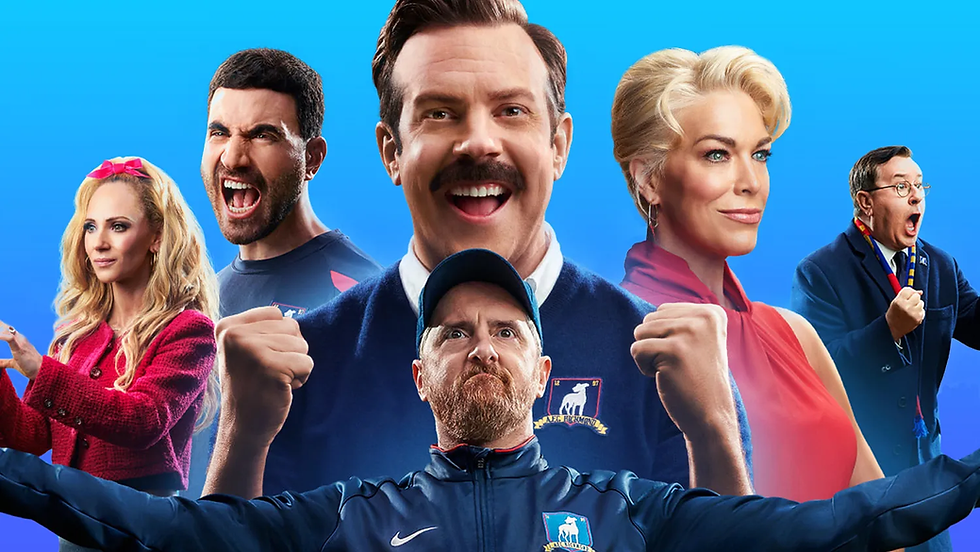
Ted Lasso: A Blueprint for Male Emotional Maturity
At its core, Ted Lasso is a modern-day fantasy about a man striving to transform his pain into healing for others. Much like Chiron from Greek mythology—the wounded healer who helps others while neglecting his own wounds—Ted spends much of the series pouring his energy into uplifting those around him. Yet, as his panic attacks and struggles reveal, his reluctance to confront his own pain becomes unsustainable, forcing him to face his inner demons.
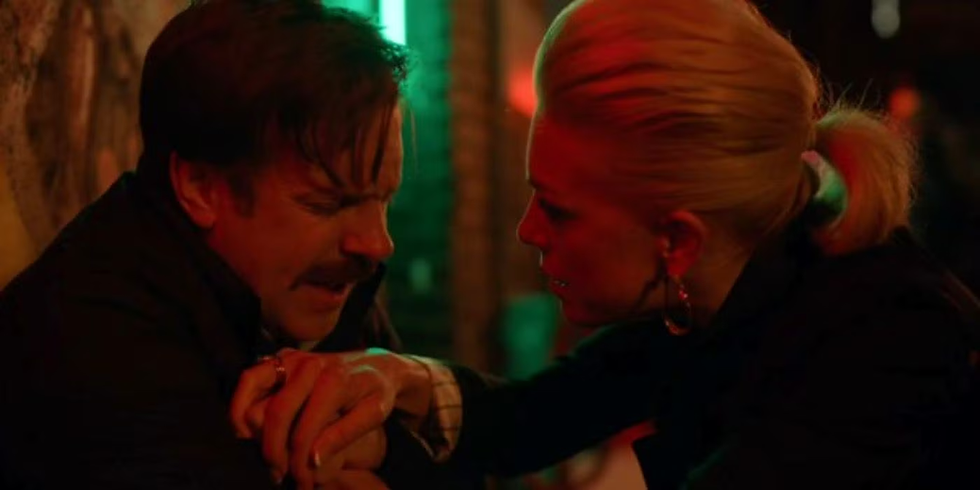
Ted Lasso: The Wounded Healer
At first glance, Ted Lasso is the archetype of the endlessly optimistic, emotionally engaged man. But even Dr. Sharon Fieldstone, the team psychologist, notes his aversion to true vulnerability. Ted’s resistance to deeply feeling and processing his emotions is painfully familiar, especially among middle-aged white men from cultures where emotional expression is often stigmatized.
Like many men, Ted’s journey toward self-awareness only begins when life demands it. His divorce from Michelle highlights how his pathological optimism can be exhausting for those closest to him. Her relationship with their former couples therapist—who enforced the radical honesty mechanism of saying “Oklahoma” to express real feelings—illustrates how Ted’s avoidance of vulnerability can alienate even those who love him. But as the series progresses, Ted begins to understand the value of confronting his inner world, showing viewers that even the most resistant can evolve.
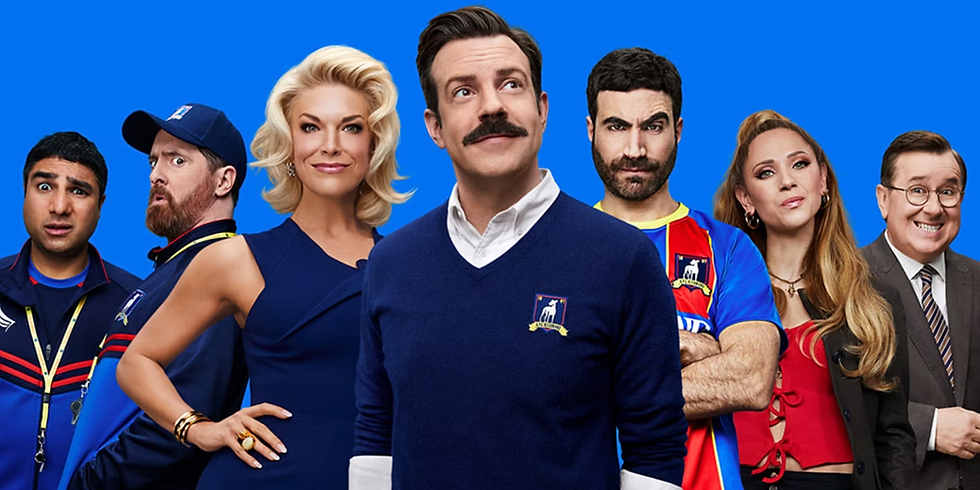
A Model for Emotional Maturity
One of the show’s most powerful messages is its ability to portray emotional growth in men across a spectrum of personalities. Each character’s arc reveals a unique facet of this journey:
Roy Kent begins as a gruff, emotionally guarded figure but learns to embrace vulnerability and even color (both literally and figuratively) by the series’ end. His struggle with self-worth and his relationship with Keeley Jones offer a poignant portrayal of how emotional intimacy requires continuous effort.
Nathan Shelley takes a darker path, succumbing to his insecurities and ambitions. His eventual redemption as he returns to Richmond as a kit man, once again, underscores the importance of addressing childhood wounds and rebuilding trust—both with others and himself.
Jamie Tartt transitions from a self-centered showboat driven by paternal rage to a compassionate team player. His journey exemplifies the power of letting go of old traumas and reconstructing one’s identity to embrace healthier motivations.
Sam Obisanya remains a beacon of kindness and grace. His storyline highlights the value of staying rooted in one’s heritage and values while navigating challenges, showing audiences what an emotionally mature man can look like.
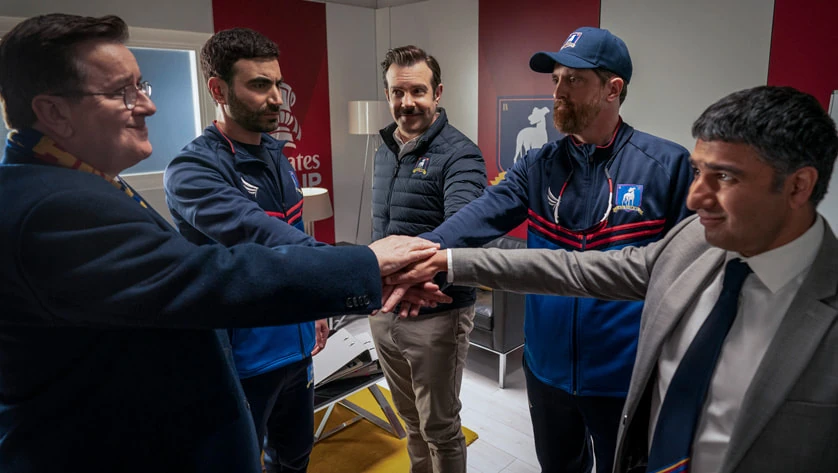
Even "supporting" characters embody rich emotional arcs — like Leslie Higgins, who starts as Rebecca’s reluctant, emasculated accomplice and grows into a moral compass for the team, and Coach Beard, whose quirky relationship with Jane Payne reflects his willingness to detach from Ted and pursue his own happiness.
We also learn more about Trent Crimm (formerly with The Independent) who describes his own emotional growth from his younger days when he lambasted Roy in an attempt to be edgy and had to navigate a world where his sexuality was not welcome. Many of the teammates also explore unexpected emotional depth, from bullies-turned-leaders in Isaac and Colin, and Dani Rojas facing challenging emotions head-on and incorporating their lessons.
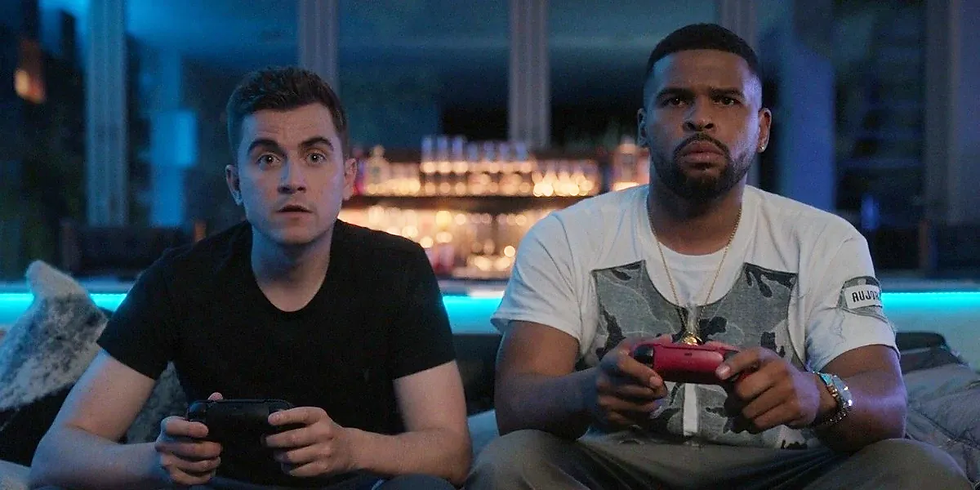
Women as Catalysts and Supports for Growth
The women in Ted Lasso play essential roles in the emotional development of the men around them. Keeley Jones and Rebecca Welton, for instance, navigate their own journeys of self-confidence and boundary-setting while supporting the men in their lives. Keeley’s innate empathy allows Roy to explore his vulnerabilities, while Rebecca’s evolution from bitterness to empowerment (and a return to joy) inspires those around her to follow suit.
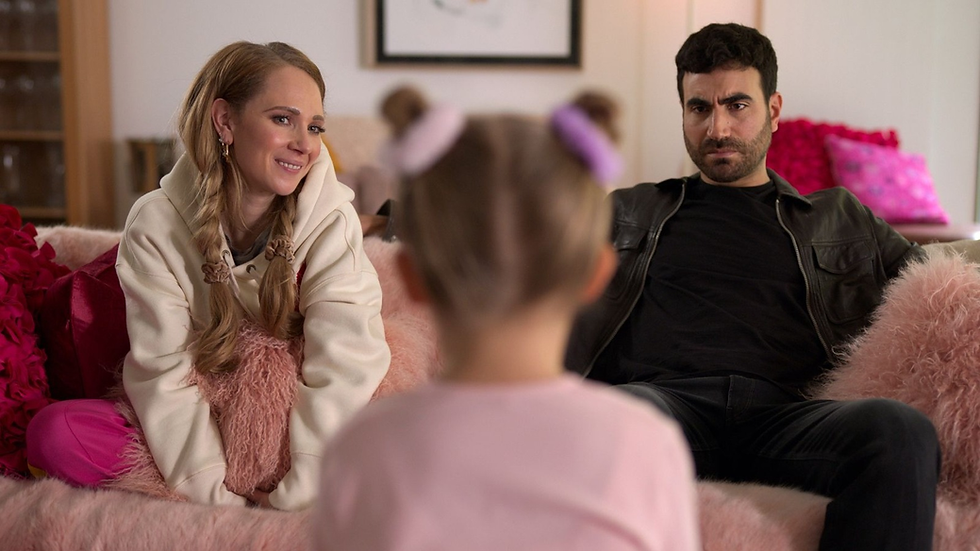
Yet, the show also highlights a bittersweet truth: many women struggle to embrace men’s emotional growth fully. This is where Ted Lasso leans into its fantasy element, offering a world where women like Keeley encourage and celebrate men’s fragility. Her support of Roy, even when he stumbles, sets a beautiful example of how both men and women can create safe spaces for emotional healing and connection.

Lessons from the "Old Fool"
Rupert Mannion serves as a cautionary tale of what happens when emotional growth is ignored. His narcissism and refusal to evolve leave him isolated, embodying the archetype of the "Old Fool"—a man who, unlike the Wise Old Man archetype, lacks the self-awareness to turn age into wisdom. Watching Rupert lose everything he cares about offers a stark reminder of the cost of avoiding self-reflection.
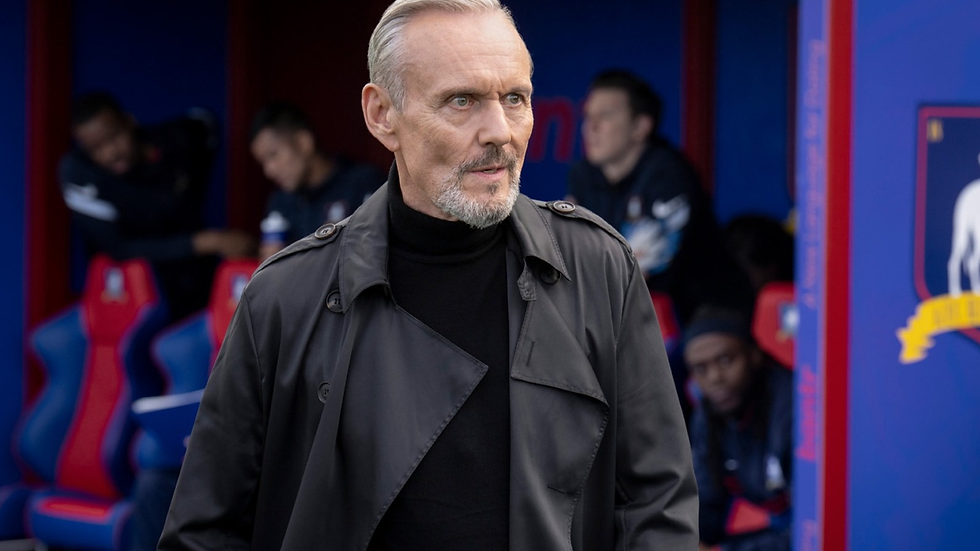

Conclusion: A Story of Pain, Healing, and Emotional
Growth
Ted Lasso is more than a feel-good comedy; it’s a heartfelt exploration of emotional growth and maturity (contrasted against toxic masculinity). Through its richly developed characters, the show challenges outdated notions of masculinity and encourages viewers to embrace vulnerability, self-awareness, and kindness—both toward others and themselves.
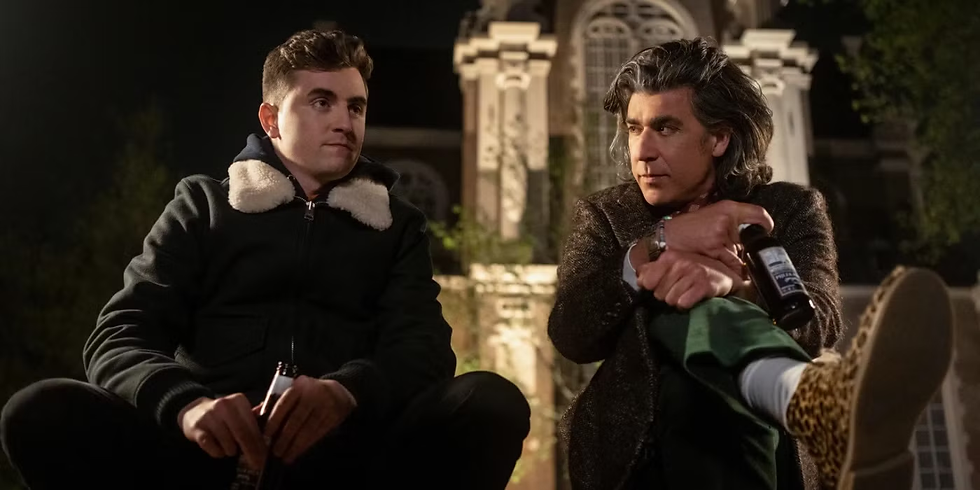
While the series may be tucked away on Apple TV+, its message deserves a wider audience. It’s a call to action for men to grow emotionally and a reminder for women to support that growth when it arises. In a world that often rewards stoicism over softness, Ted Lasso dares to imagine a kinder, more emotionally connected future.
This is just one woman's opinion - how do you feel about the male relationships and journeys of self-discovery in Ted Lasso? Comment below!

Comments